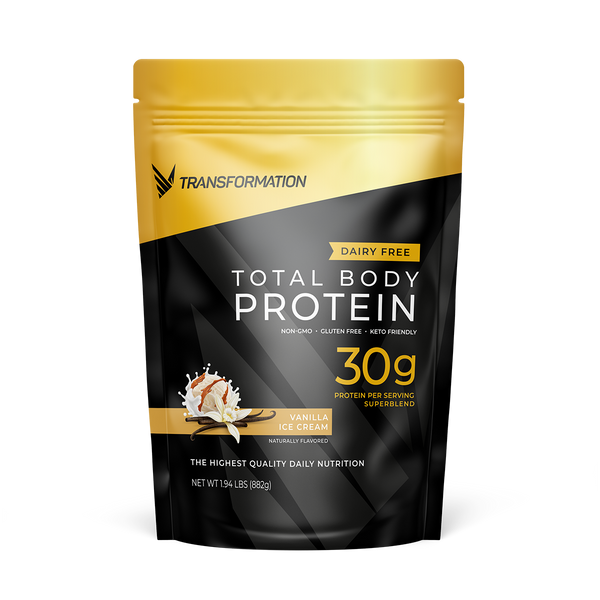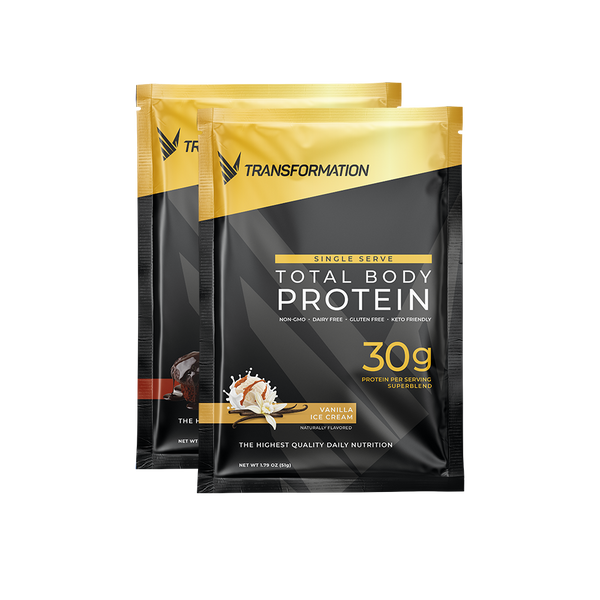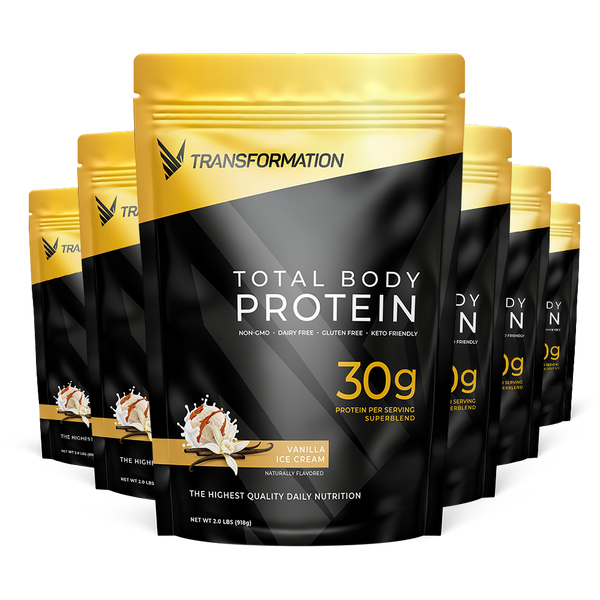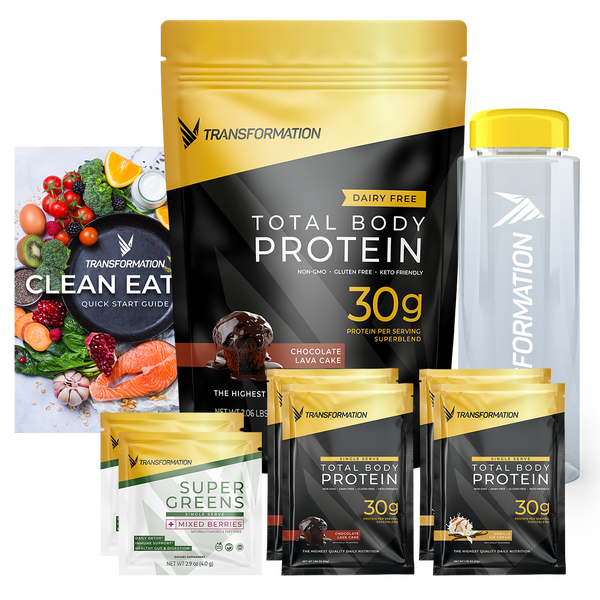
Why Can’t I Lose Weight? 10 Easy Steps to Break Your Plateau
If you’ve ever tried to lose weight, you are probably very familiar with the idea of -- and the frustration of -- a weight-loss plateau.
Though weight-loss plateaus eventually happen to everyone who tries to lose weight, most people are surprised when it happens to them because they're still eating carefully and exercising regularly. The frustrating reality is that even well-planned weight-loss efforts can stall.
During the first few weeks of cutting weight, a rapid drop is normal. In part, this is because when you cut calories, the body gets needed energy initially by releasing its stores of glycogen, a type of carbohydrate found in the muscles and liver.
Glycogen is partly made of water, so when glycogen is burned for energy, it releases water, resulting in temporary weight loss that's mostly water.
Another factor to consider is that as you lose weight, you lose some muscle along with fat. Since muscle helps keep the rate at which you burn calories (metabolism) up, as you lose weight, your metabolism declines, causing you to burn fewer calories than you did at your heavier weight.
So even though you are eating the same number of calories you did while losing weight, your slower metabolism impeded your weight loss. Thus, when the calories you burn equal the calories you eat, you reach a plateau.
In order to lose more weight, you need to either increase your physical activity or decrease the calories you eat. Unless you make these changes, the approach you initially used to lose weight may help maintain your weight loss, but it won't lead to more weight loss.
10 EASY STEPS TO HELP YOU OVERCOME A WEIGHT-LOSS PLATEAU
Based on the overall reasons why you might encounter a plateau, let’s look at more specific ways to fight against a stall in your weight loss progress.
Tip #1: Reduce Carbs
- Reducing your carb intake may help get your weight moving in the right direction again when you feel stalled. Paying attention to the types of carbs you take in can also help. Aim for healthy carbs like sweet potatoes and brown rice.
Tip #2: Increase Exercise Frequency or Intensity
- Increasing resistance training will promote the retention of muscle mass, which influences how many calories you burn during activity and at rest. In fact, resistance training seems to be the most effective type of exercise for weight loss; even just lifting weights for 20 minutes a day may help contribute to weight loss
- Other types of physical activity have also been shown to protect against a metabolic slowdown, including aerobic exercise and high-intensity interval training (HIIT)
- If you’re already exercising, working out an extra 1–2 days per week or increasing the intensity of your workouts may also help boost your metabolic rate.
Tip #3: Stress Management
- Stress and lack of sleep spikes your insulin and cortisol, which can trigger food cravings. Cortisol can also increase belly fat storage, especially in women.
- It may seem as though you have little control over the stress in your life, but learning to manage stress through walking or meditation can help promote weight loss
Tip #4: Intermittent Fasting (IF)
- IF has been credited with promoting the loss of body fat and weight, in addition to other health benefits.
- Alternate-day fasting is a form of intermittent fasting in which people alternate between eating very few calories on one day and as much as they want the next. Another popular type of fasting is to not eat after dinner and allowing for 12-16 hours to pass before having breakfast.
- Some have found that this way of eating helped protect against muscle mass loss more than daily calorie restriction.
Tip #5: Steer Clear of Alcohol
- Reducing alcohol intake may lead to a reduction in overeating and greater weight loss among those with high levels of impulsivity.
- What’s more, research has shown that alcohol suppresses fat burning and may lead to belly fat accumulation.
- If your weight loss has stalled, it may be best to avoid alcohol or only consume it occasionally in small amounts.
Tip #6: Increase Fiber
- Although all types of fiber may be beneficial for weight loss, soluble fiber is most effective at keeping appetite and food intake under control.
- Fiber may aid weight loss by decreasing the number of calories you absorb from other foods.
- Increasing daily fiber intake from 18 to 36 grams could lead to 130 fewer calories being absorbed. Appropriate fiber intake may assist you in breaking through that plateau
Tip #7: Drink Water, Coffee or Tea
- Coffee and tea may also benefit your weight loss efforts if they contain caffeine, which has been shown to increase fat burning and boost metabolic rate by up to 13%. However, these effects seem to be strongest in lean individuals.
- In addition, green tea contains an antioxidant known as EGCG (epigallocatechin gallate), which was found to boost fat burning by 17%.
- Moreover, research suggests that consuming caffeinated beverages can significantly enhance the metabolism-boosting, fat-burning effects of exercise; however, this is not a green light to drink sugary sodas.
Tip #8: Sleep
- Lack of sleep has been found to decrease your body’s resting metabolic rate, which can return to their baseline levels after 12 hours of sleep.
- To support weight loss and overall health, aim for 7–8 hours of sleep per night.
Tip #9: Eat Vegetables at Every Meal
- Most vegetables are low in calories and carbs, high in fiber and loaded with beneficial nutrients.
- Diets that include lots of vegetables tend to produce the greatest weight loss. Unfortunately, many people don’t get enough of these weight loss friendly foods.
- However, it’s easy to add a side of cooked or raw greens, tomatoes or other veggies at any meal, including breakfast.
- Greens powders can also assist weight loss by curbing cravings.
Tip #10: Increase Protein Intake
- Protein boosts metabolic rate more than either fat or carbs because of the thermic effect of food (TEF), or increase in metabolism that occurs due to the digestion of food. Protein digestion boosts calorie burning by 20–30%, which is more than twice as much as fat or carbs.
- By following a diet with 15 - 30% of calories from protein, your metabolic rate can increase twice as much after meals on the higher-protein day.
- Protein also stimulates the production of hormones, such as PYY, that help reduce appetite and make you feel full and satisfied.
- Maintaining a high protein intake can help protect against the loss of muscle mass and a drop in metabolic rate, both of which typically occur during weight loss.
BEST WAYS TO ADD PROTEIN IN YOUR DIET TO ENHANCE WEIGHT-LOSS
Protein is the most thermogenic source of food. It boosts metabolism, supports fat loss and reduces appetite.
Protein powder is a fast and easy solution, with a long shelf life. From protein smoothie bowls to shakes, you can take them in many delicious ways to get nutrients, burn fat and lose weight.
Transformation Protein’s powder contains a premium blend of egg white, collagen peptide and plant proteins, including all nine essential amino acids, MCT Oil, probiotics, and digestive enzymes.
Try some of Transformation Protein’s healthy shakes for a convenient way to help you bust through that weight loss plateau.






